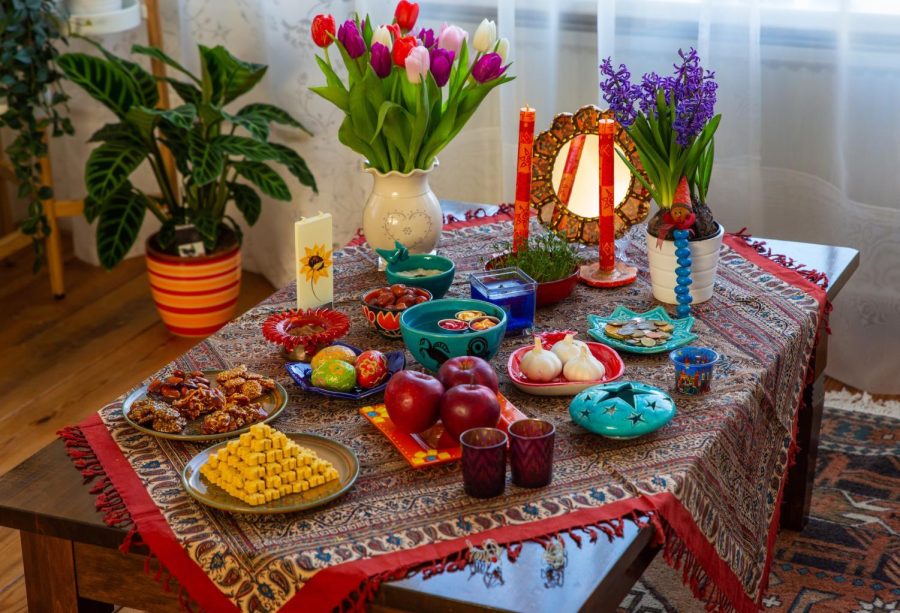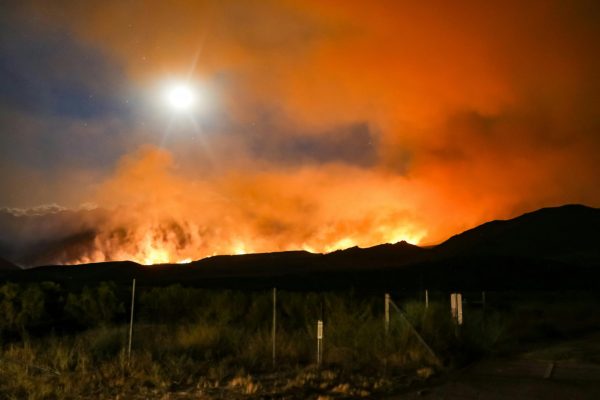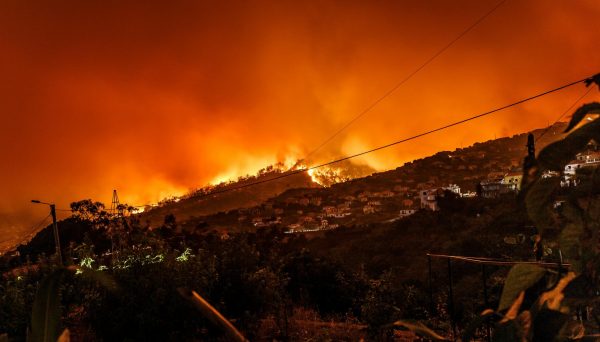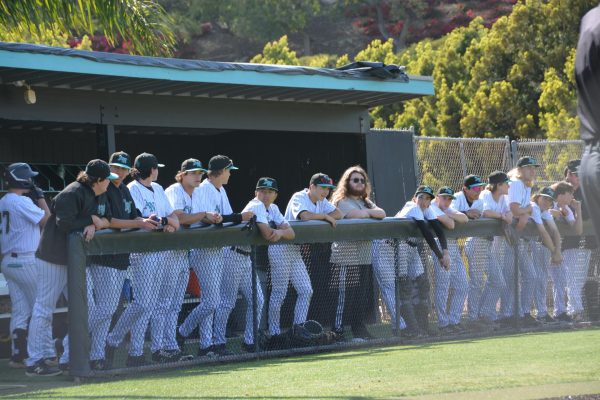What is Persian New Year?
Tuesday, March 21, is the first day of Persian New Year celebrations. Persian New Year is a two-week celebration that marks the beginning of the New Year in Iran’s official Solar Hijri calendar. This is a time when families come together, celebrating springtime and manifesting a brand new start filled with many promises.
For the Northern Hemisphere, March 21 is the first day of spring. But for 300 million people around the world, it’s the beginning of a new year as well. Nowruz, which means “new day,” is a holiday marking the arrival of spring and the first day of the year in Iran, whose solar calendar begins with the vernal equinox. Nowruz has been celebrated in Iran and the Persian culture for more than 3,000 years. Its roots are in Zoroastrianism, a religion practiced in ancient Persia that viewed the arrival of spring as a victory over darkness.
This holiday survived the Islamic conquest of Persia in the seventh century and the decline of the religion’s popularity; it spread across the globe through the dispersion of Persian people throughout history.
Many people begin preparations for Nowruz weeks in advance. In the leadup to the holiday, people perform ritual dances and fill vessels in their home with water, which is associated with health, in an attempt to banish bad luck. On the last Wednesday before Persian New Year, many celebrate Charshanbe Suri, a night in which they build bonfires and jump over the blazes while chanting “Zardi-ye man az toh, sorkhi-ye toh az man!” This translates to, “Give me your beautiful red color, and take back my sickly pallor.”
The spring festival’s focus is fertility and new life, so households set up tables called haft-seens, covered with seven symbolic items. Haft means “seven” and “seen” is “s” in Farsi, and all of the items start with the letter. These include seed sprouts (usually wheat, oats and other seeds, which symbolize rebirth), senjed (also known as silverberry or Persian olive, which is thought to spark love), garlic (protection), apple (fertility), sumac (love), vinegar (patience), and samanu, a pudding made of sprouted wheat (affluence). The table also includes a Koran, eggs, mirrors, and poetry.
Asal Flodius (11) says, “I used to visit my family in Iran around this time every year, and the streets were filled with people and beautiful colors. This is a time when families that come together after a long time share a moment and be grateful for everything they have, while also making new memories.”
Nowruz has proven resilient in the modern era, too. After Iran’s Islamic Revolution in 1979, the government attempted to suppress the festival out of fear it might detract from the state religion; those attempts failed, and Nowruz is now celebrated as an official state holiday in Iran. In 2009, UNESCO, the cultural arm of the United Nations, listed the holiday on its Representative List of the Intangible Cultural Heritage of Humanity, noting that it “promotes values of peace and solidarity between generations and within families as well as reconciliation and neighborliness.”
Nika Marouf (11) says, “Nowruz is such a special time of the year for my family and I. Weeks of preparation go into setting up the haft-seen, ridding the house of anything old or unwanted, and of course the traditional meal of sabzi polo ba mahi.
Sabzi Polo (herbed rice) ba mahi (with fish) is a Persian New Year meal. The herbs in the rice represent rebirth while the fish represents life.
Persian New Year celebrates new beginnings and the return of spring which is of great spiritual significance as it symbolizes the triumph of good over evil, and joy over sorrow. March 21 is officially recognized as International Nowruz Day, though the holiday itself is celebrated between March 19 and 22, depending on calendars and vernal equinox calculations.
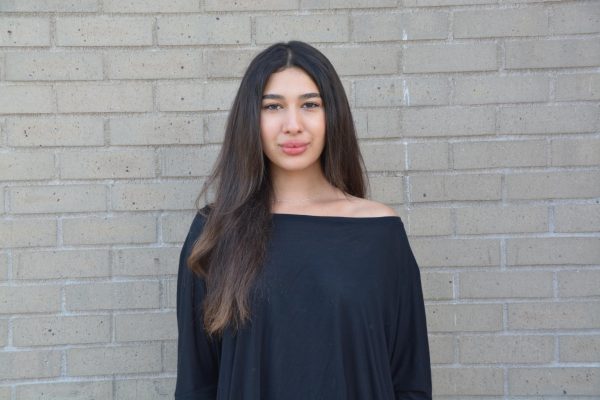
Yasmin is a senior at Aliso Niguel High School; she’s delighted to write for the Growling Wolverine for her second year and advocate for fairness, balance,...
